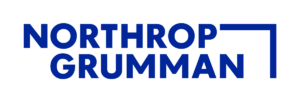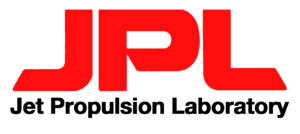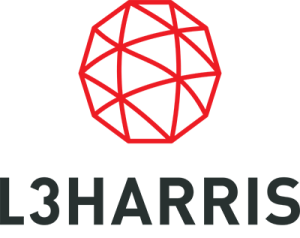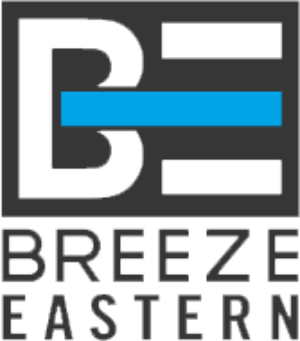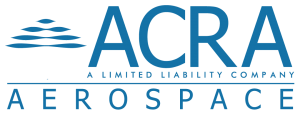Cost of a Bad Hire

A new hire is a great investment. It is not just their compensation, relocation, nor onboarding that impacts the expense. There are several hidden costs affiliated with your hire.
The recruiting, screening, interviewing, and hiring is only the first phase. After the candidate has negotiated their salary and the offer is accepted, the next investment is integrating into the role, the team, the organization.
After you’ve made the initial expenditures, you’re counting on the hire to meet your expectations and begin making/saving your company money, drive improvements, and deliver value to your business.
What happens if that fails? What if the hire doesn’t stick?
Then, additional costs are incurred – time and money spent in continued training or coaching the hire, severance packages if the person is terminated, potential losses of revenue from tarnished customer relationships, and reduction of time spent by your team addressing, repairing, and resolving these issues.
At the executive level, hiring a top performer is critical. A $100M company, for example, with a growth expectation of 10% – an underperforming executive holds up progress and now, your company only achieved 8%, a loss of $2M. In the next year, it’s $2.4M. Consequences of this hire can equate to a significant loss at the bottom line and perpetuation of missed goals are felt for many years following.
While this may appear as a slippery slope, the influence of these leaders can ripple across an organization.
Costs a bad hire can be measured beyond financial. The company culture, employee morale, team dynamics, ongoing and future projects, and your valued customer relationships all could suffer as a result.
Based on calculations completed by the US Department of Labor, these costs can be up to 30% of the new hire’s salary. Your time and the time of your team is wasted, and on top of everything else, the hiring process must be repeated.
Why does a bad hire occur?
There are many factors resulting in a bad hire. Whether or not you have a team dedicated to filling positions, you use recruitment tools, or you rely on hiring managers to fill their own positions, often it’s the urgency to make the placement as quickly as possible.
Variables resulting in a bad hire include:
- Urgency,
- The placement not fully grasping the goals to be successful in this role,
- Missing an understanding of your team and your culture, and
- Strong vetting of the hire’s prior experience.
Even though large companies are now building their own talent acquisition teams, equipped with the soft skills to evaluate applicants, take on multiple requisitions and openings, and support your hiring goals; there are often impactful and challenging positions beyond the capabilities of your talent acquisition team. A talent acquisition function is not a solution that can be generalized to all hiring needs nor to every company. It’s expensive, and rationalizing the cost is proportionate to their results, time-to-hire metrics, retention, and the amount of hires your organization actually needs.
At BOB Search, our niche experience is placing the right hire for organizations for the last 40 years. We reduce your costs by delivering you the perfect hire. This is through redefining your position, elevating the potential fit of the hire, and customizing the search for you and your business.
Our track record for delivery is consistent. Balancing a sense of urgency and refined process, we send you qualified candidates in 4 weeks with the placement occurring in 13-15 weeks. By creating a partnership with our clients, we are dedicated to supporting your goals and objectives, taking a coordinated approach. Your placement will reflect the type of experience required laid out in the profile, they will enmesh within your culture, and they will bring value to your business.
Don’t blame the hire that didn’t meet your expectations. Don’t blame the hiring team that may not have correctly vetted your candidate. It might be time to evaluate your approach.





